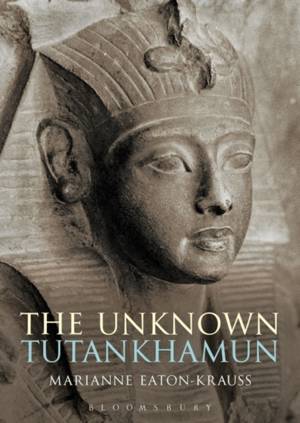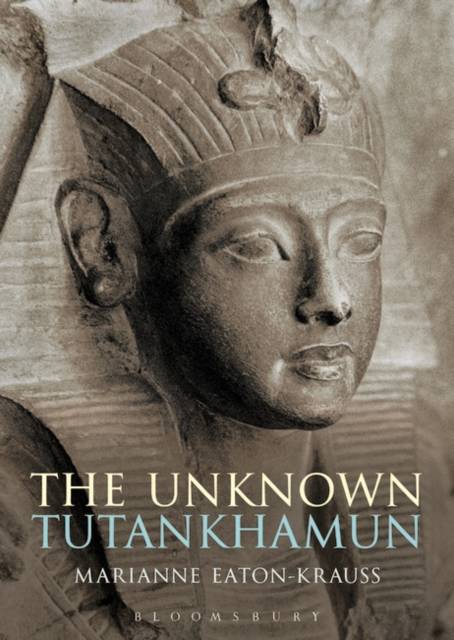
Bedankt voor het vertrouwen het afgelopen jaar! Om jou te bedanken bieden we GRATIS verzending (in België) aan op alles gedurende de hele maand januari.
- Afhalen na 1 uur in een winkel met voorraad
- In januari gratis thuislevering in België
- Ruim aanbod met 7 miljoen producten
Bedankt voor het vertrouwen het afgelopen jaar! Om jou te bedanken bieden we GRATIS verzending (in België) aan op alles gedurende de hele maand januari.
- Afhalen na 1 uur in een winkel met voorraad
- In januari gratis thuislevering in België
- Ruim aanbod met 7 miljoen producten
Zoeken
€ 36,45
+ 72 punten
Omschrijving
The reign of Tutankhamun was of major significance in the history of ancient Egypt. Following Howard Carter's discovery of the king's tomb in 1922, the story of the boy who became Pharaoh, died young and was buried in splendor at the height of Egyptian civilization captivated generations. But there exists a wide discrepancy between that saga and what scholarship has discovered in the last few decades about Tutankhamun's reign. A truer story is revealed, not by objects from his tomb, but by statuary, reliefs, paintings, and architecture from outside the Valley of the Kings.
Marianne Eaton-Krauss, a leading authority on the boy king and the Amarna Period, guides readers through the recent findings of international research and the relevant documentation from a wide variety of sources, to create an accessible and comprehensive biography. Tracing Tutankhamun's life from birth to burial, she analyzes his parentage, his childhood as Prince Tutankhaten, his accession and change of name to Tutankhamun, his role in the restoration of the traditional cults and his own building projects, his death and burial, and the attitudes of his immediate successors to his reign.
Illustrated with color and black-and-white images, the book includes extensive endnotes and selected bibliography, which will make it essential reading for students and scholars as well as anyone interested in Tutankhamun.
Marianne Eaton-Krauss, a leading authority on the boy king and the Amarna Period, guides readers through the recent findings of international research and the relevant documentation from a wide variety of sources, to create an accessible and comprehensive biography. Tracing Tutankhamun's life from birth to burial, she analyzes his parentage, his childhood as Prince Tutankhaten, his accession and change of name to Tutankhamun, his role in the restoration of the traditional cults and his own building projects, his death and burial, and the attitudes of his immediate successors to his reign.
Illustrated with color and black-and-white images, the book includes extensive endnotes and selected bibliography, which will make it essential reading for students and scholars as well as anyone interested in Tutankhamun.
Specificaties
Betrokkenen
- Auteur(s):
- Uitgeverij:
Inhoud
- Aantal bladzijden:
- 208
- Taal:
- Engels
- Reeks:
Eigenschappen
- Productcode (EAN):
- 9781472575616
- Verschijningsdatum:
- 17/12/2015
- Uitvoering:
- Paperback
- Formaat:
- Trade paperback (VS)
- Afmetingen:
- 178 mm x 246 mm
- Gewicht:
- 453 g

Alleen bij Standaard Boekhandel
+ 72 punten op je klantenkaart van Standaard Boekhandel
Beoordelingen
We publiceren alleen reviews die voldoen aan de voorwaarden voor reviews. Bekijk onze voorwaarden voor reviews.









